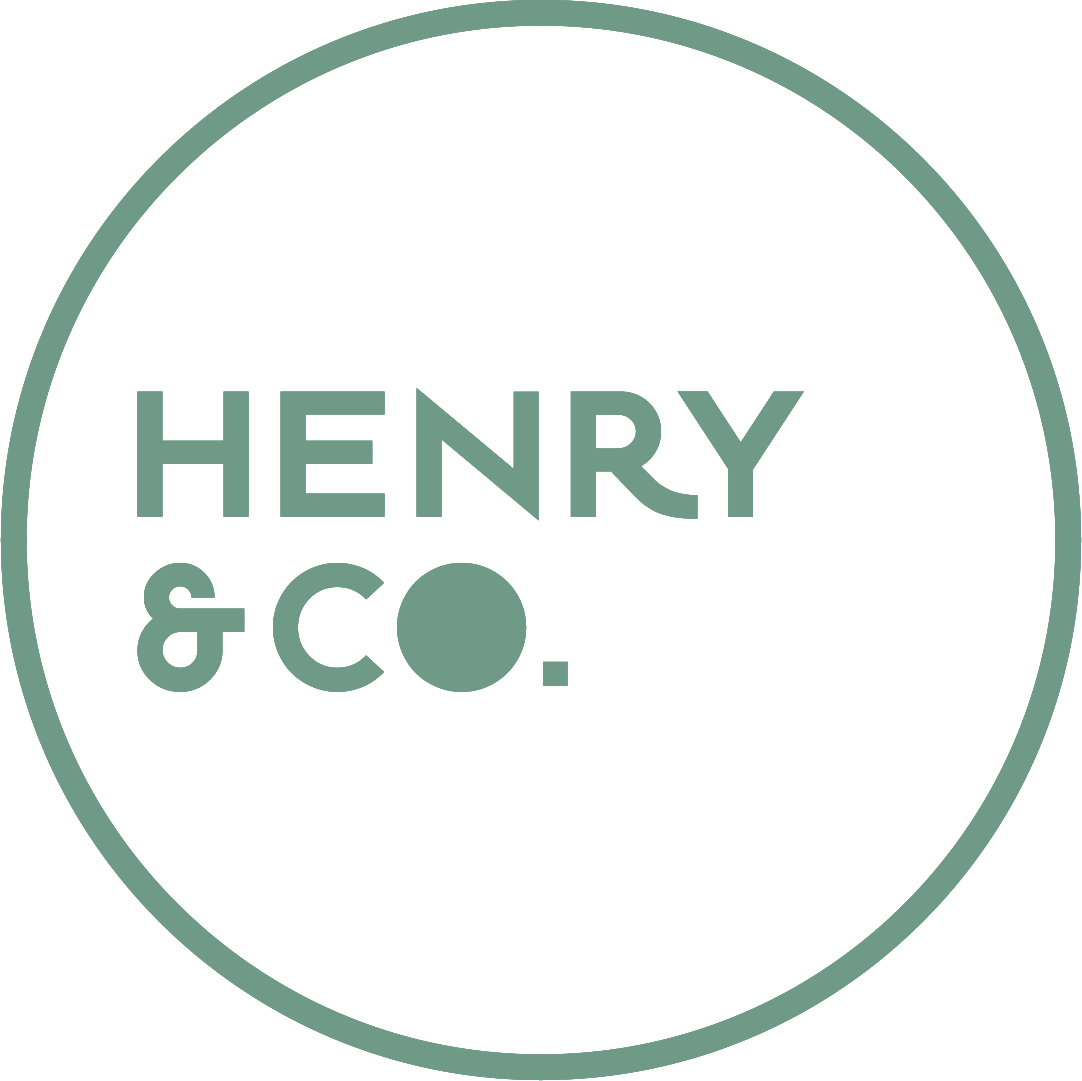A solid and positive brand image is one of the main tools for a company’s success. But what is meant by brand image? It is nothing more than the general impression that current and potential customers have of a company, formulated based on their direct or indirect knowledge of the brand. From the brand image, therefore, depends the customer’s propensity to establish significant and enduring relationships.
Although it is difficult to control brand image, it is necessary to do everything possible to ensure that it is solid and consistent over time. This way, it becomes an important source of value from which significant competitive advantages can be derived, including customer loyalty.
How can companies achieve such results? What is needed for a positive brand image among the target audience?
1. What does brand image mean?
By definition, the brand image is the set of opinions, meanings, and feelings that people associate with a brand. It concerns the perception that consumers, in general, have of a company based on their direct or indirect experience. It is only partly manageable, and a company must do everything possible to ensure it is positive, acting in the areas that contribute to creating it.
Specifically, several factors influence the creation of the brand image, including:
- brand identity and its elements,
- the characteristics of the products and/or services offered,
- the content and channels of corporate communication,
- the customer experience,
- the opinions of influencers and/or highly credible figures for its target audience.
From a positive brand image, companies can take advantage in terms of the target audience’s inclination towards relationships. A good brand image impacts both customer acquisition and retention. As a result, positive effects in terms of revenue growth are also generated.
2. What is the difference between brand image and brand identity?
To fully understand the definition of brand image, it is essential to distinguish brand image from brand identity. In fact, the concepts of brand image and brand identity are connected and often confused. This is because both concern how a company communicates and relates to its target audience.
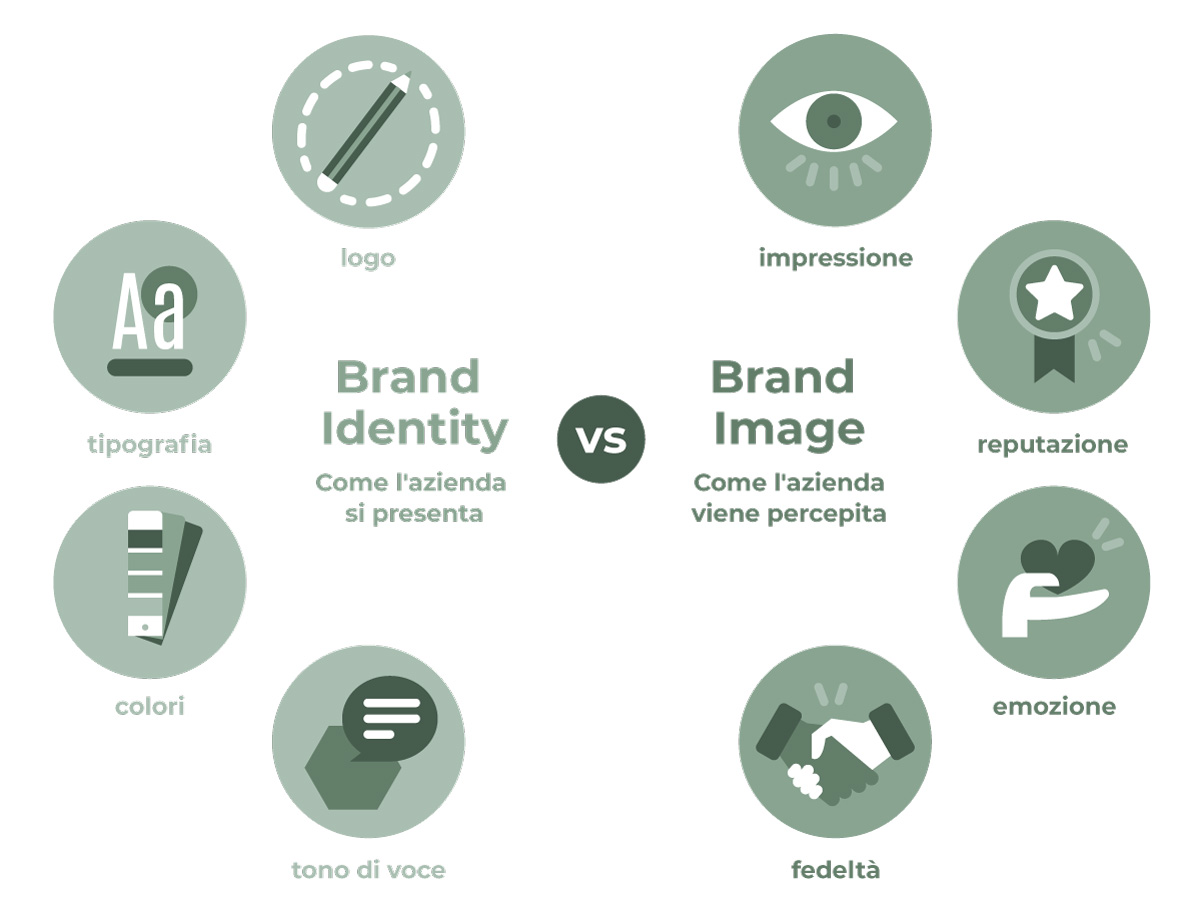
What differentiates brand image from brand identity is the process from which they result.
Brand identity is the result of value choices and a set of tools with which a company chooses to represent itself, such as a logo, color palette, etc.
On the other hand, brand image is the impression consumers have of a company based on their interpretation of how it presents itself.
As a result, the company’s ability to control these two aspects is also different: it directly manages its identity and only partially the public’s opinion. However, with brand identity design, a company can not only guide its identification but also shape its public perception. This way, through a solid corporate identity, the benefits of a positive and aligned brand image with the brand identity can be obtained.
3. How to analyze brand image using Kapferer’s prism?
Kapferer’s prism is a valuable tool for developing brand identity, as it allows defining it from multiple perspectives, including that of consumers. For this reason, it is also a useful reference for analyzing brand image. The model is based on the idea that a solid brand identity develops through its determination into six key traits and, in fact, also through their interactions and integrations.
The elements of Kapferer’s prism
The six elements of Kapferer’s prism are:
- physique – the definition of brand identity through everything that physically represents it (colors, logo, spaces, products, etc);
- personality – the fundamental aspects of a brand’s personality represented through personification, thus associating typically human traits (character, gender, age, etc);
- culture – the value and cultural system of the brand’s origin context and that of the company itself;
- relationship – the kind of relationship a company wants to establish with its customers;
- reflection – the identity of the types of consumers to whom a brand is intended to appeal;
- self-image – the perception customers have of themselves when they relate to a company.
Kapferer’s prism dimensions can also be divided into four areas:
- while the culture is part of internalization, the relationship is part of externalization;
- while physique and personality determine the sender’s image, i.e., how a company presents itself to its target audience, reflection and self-image help define the recipient’s image, i.e., consumer perception of the brand.
4. Successful examples of brand image
One of the key channels for achieving a positive brand image is the optimal management of one’s brand identity. In fact, successful brand image cases concern companies capable of representing themselves through a strong and always recognizable identity. These are companies able to create multi-level experiences for consumers, beyond the direct medium of products, services, and messages.
Coca-Cola
In this close relationship between brand image and brand identity, an emblematic case is Coca-Cola. Through its distinctive and now well-known identity traits, it communicates its messages unequivocally compared to the competition. What consumers perceive is a composite mix of the beverage’s pleasant and unique taste, informal and convivial settings, and a festive atmosphere to share with friends and family. In the Global 500 2022 Ranking by Brand Finance, Coca-Cola ranks 44th with a brand value of 35.379 billion dollars.
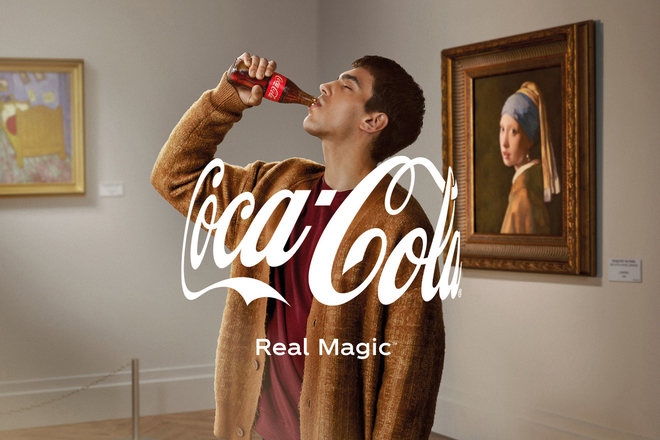

Organic Brand
Topics such as circularity and sustainability are increasingly central to current purchasing trends. Consumers are now capable of critically recognizing superficial commitment, even to greenwashing. They, therefore, direct their consumption choices towards organizations with genuine sustainable vocation, perceived as aligned with their values. Consequently, companies born from or integrating a sustainable orientation may also gain reputational and economic benefits.
For example, Organic Basics, an ethical fashion brand based in Copenhagen, expresses transparently and credibly its intention to create and offer durable, “earth- and people-friendly” products through every element of its brand identity. In engaging with the company, its customers feel part of its mission to have a positive impact on multiple levels.
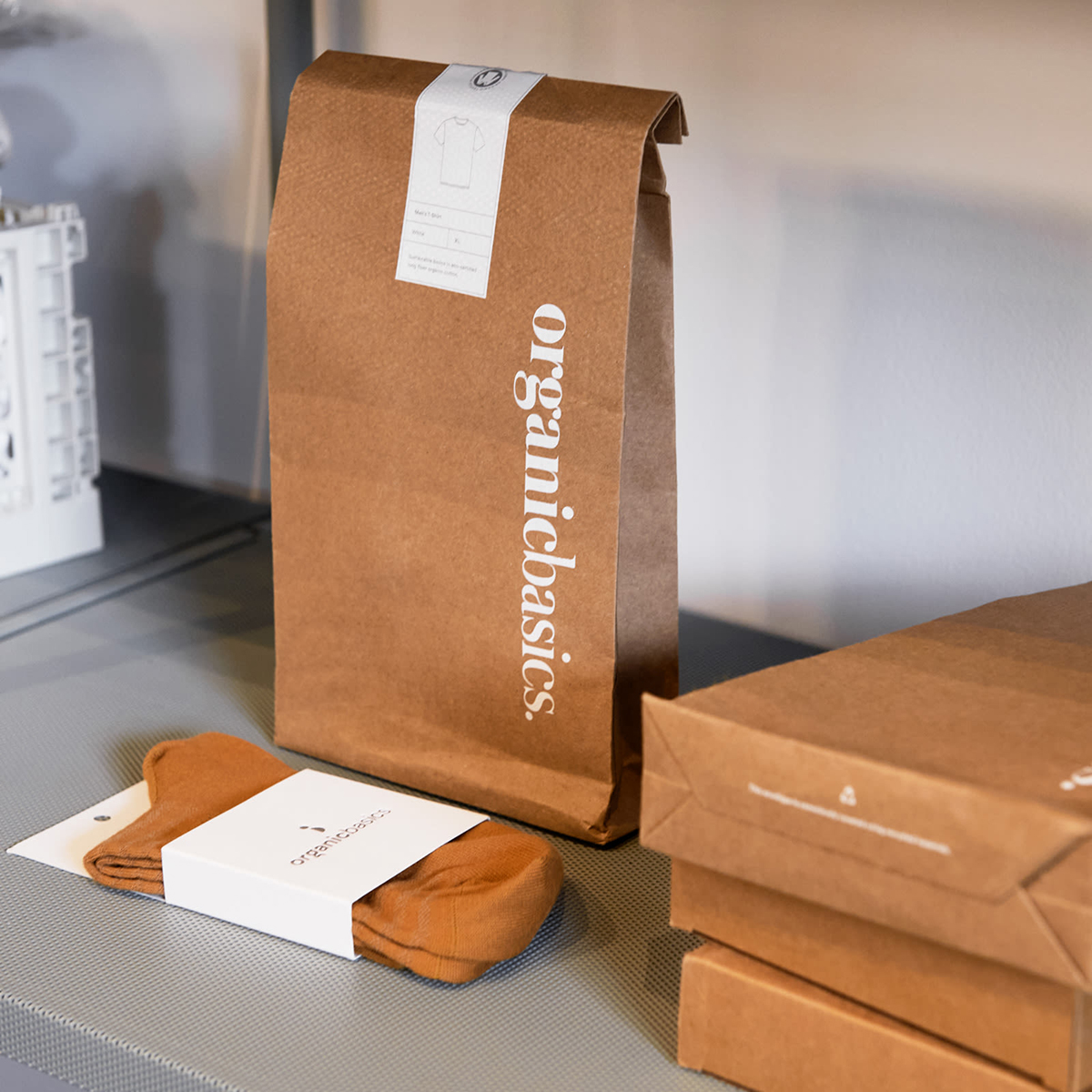
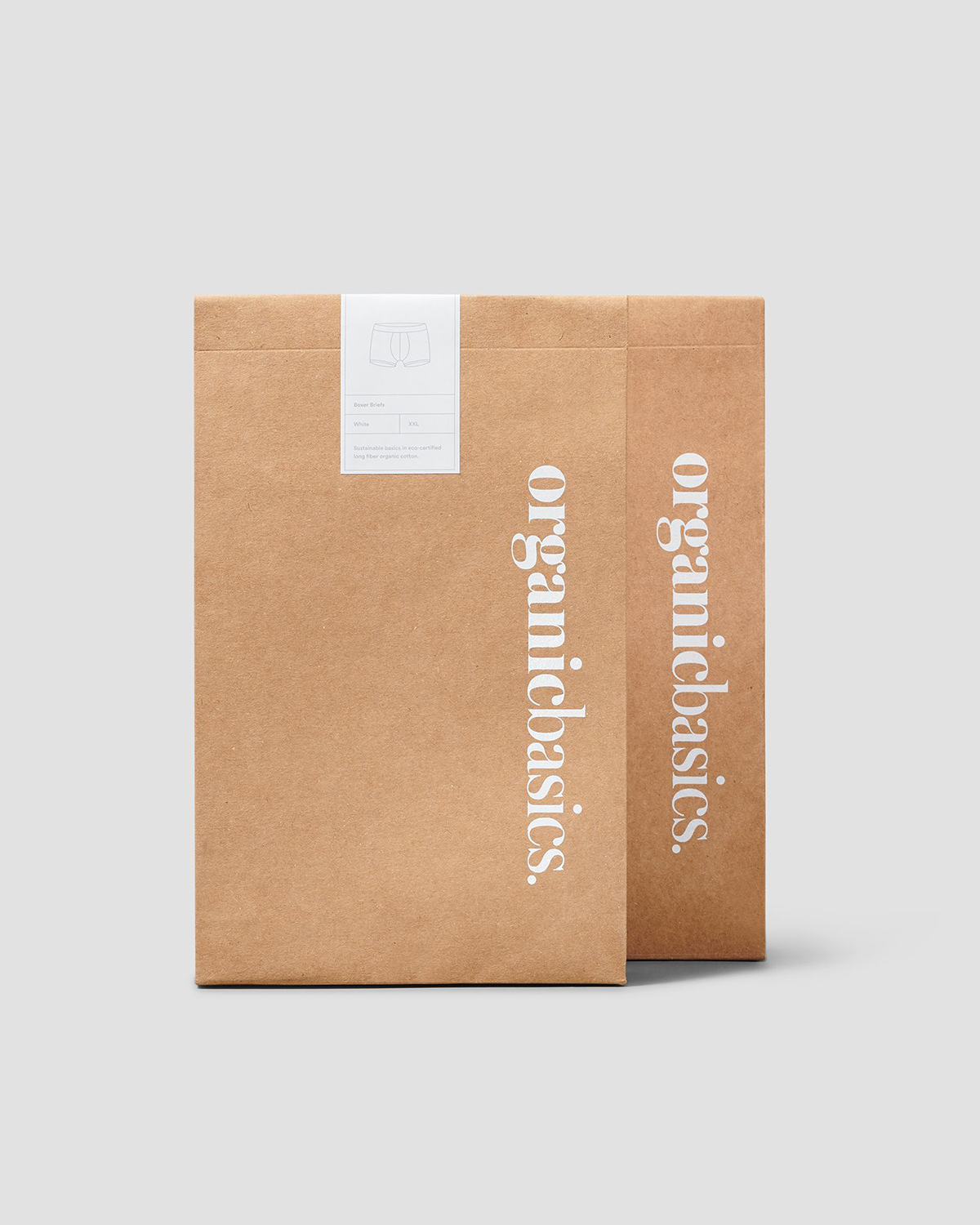
YouSea
YouSea is a Dutch company that creates innovative cleaning products with a low environmental impact and that are water-soluble. Through their offerings, they aim to contribute to ocean protection. The development of their brand identity, carried out by HENRY & CO., fully expressed their sustainability orientation in a cohesive and recognizable way. This was done in every detail: from the design of the graphic elements and imagery to the creation of sustainable packaging. For example, reducing the solid fill of the logo allowed for a decrease in the amount of ink needed to print, thus lowering the environmental impact.
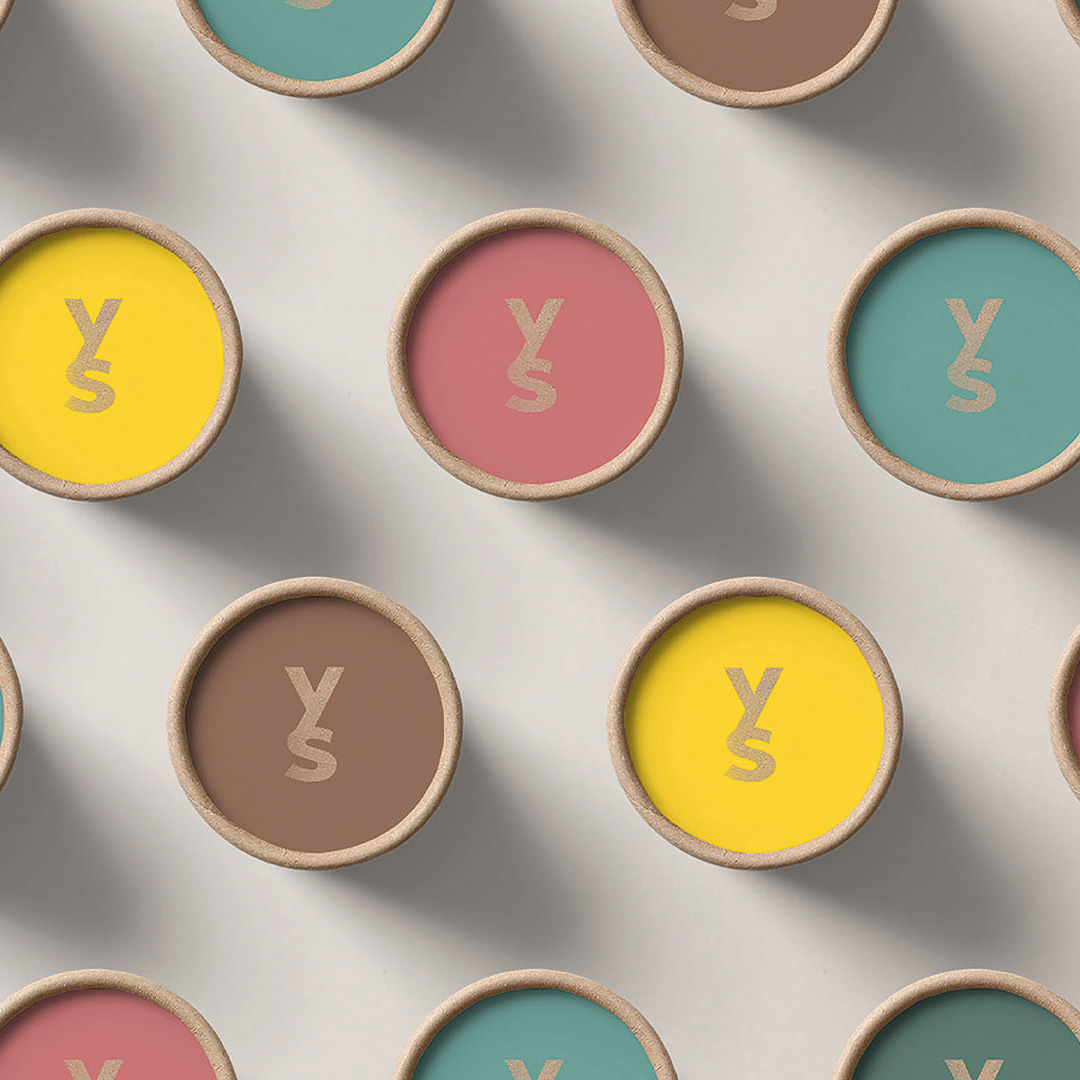
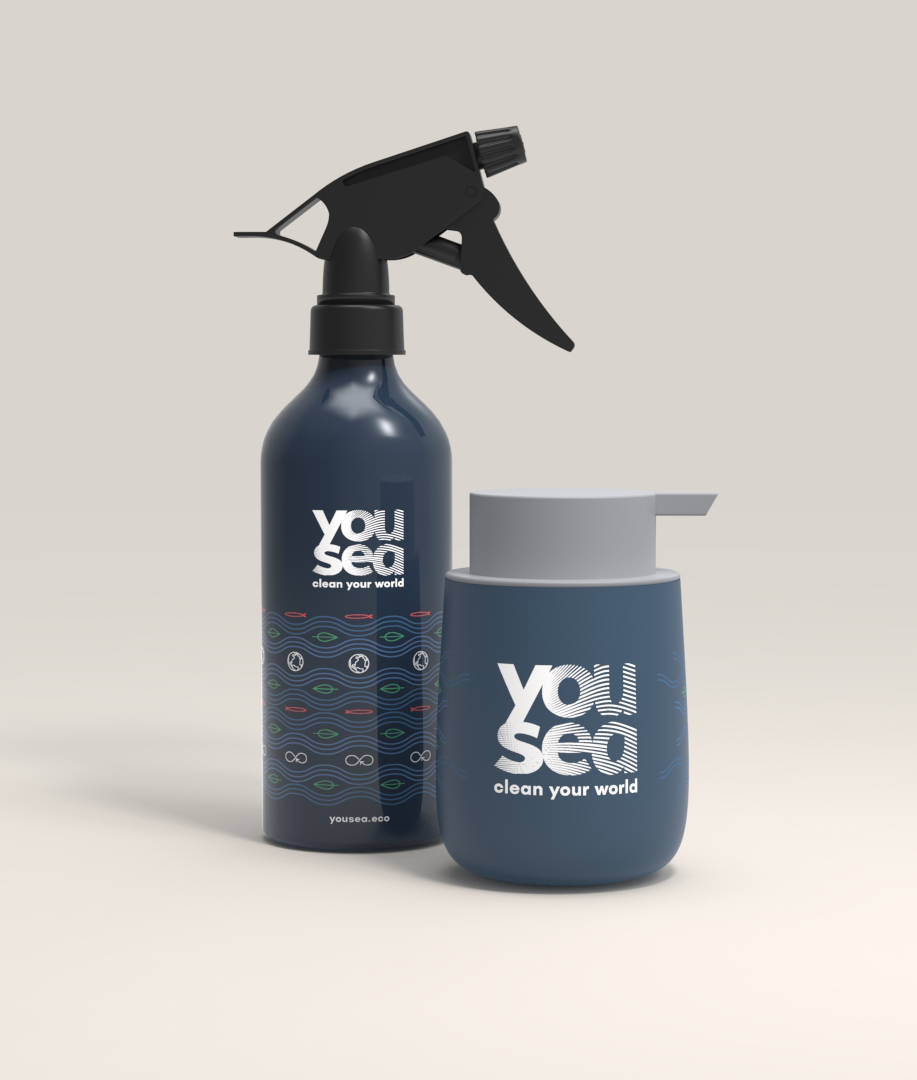
5. What are the benefits of a solid brand identity?
The case histories clearly show the importance of building and stabilizing a solid brand identity over time. But ultimately, what are the benefits of a strong brand identity for companies?
- Building a brand asset of significant economic value that they can consistently draw on over time.
- Stabilizing their identity over time, which reflects in greater market recognition and consistency over time.
- Better management of consumer perception to achieve a positive brand image up to customer loyalty.
- Growth in profits and competitive advantages thanks to the ability to differentiate themselves.
Much of a company’s economic success depends on its brand identity, and for this reason, its definition should not be underestimated. In this fundamental process, nothing should be left to chance.
If you want to develop your company’s identity, you need to turn to the right partners who can identify the solution that’s right for you.
We at HENRY & CO. can help you build a valuable brand identity capable of fully reflecting your values and goals. Contact us to find out how we can support you and work together on a winning project, also from a sustainability viewpoint!
